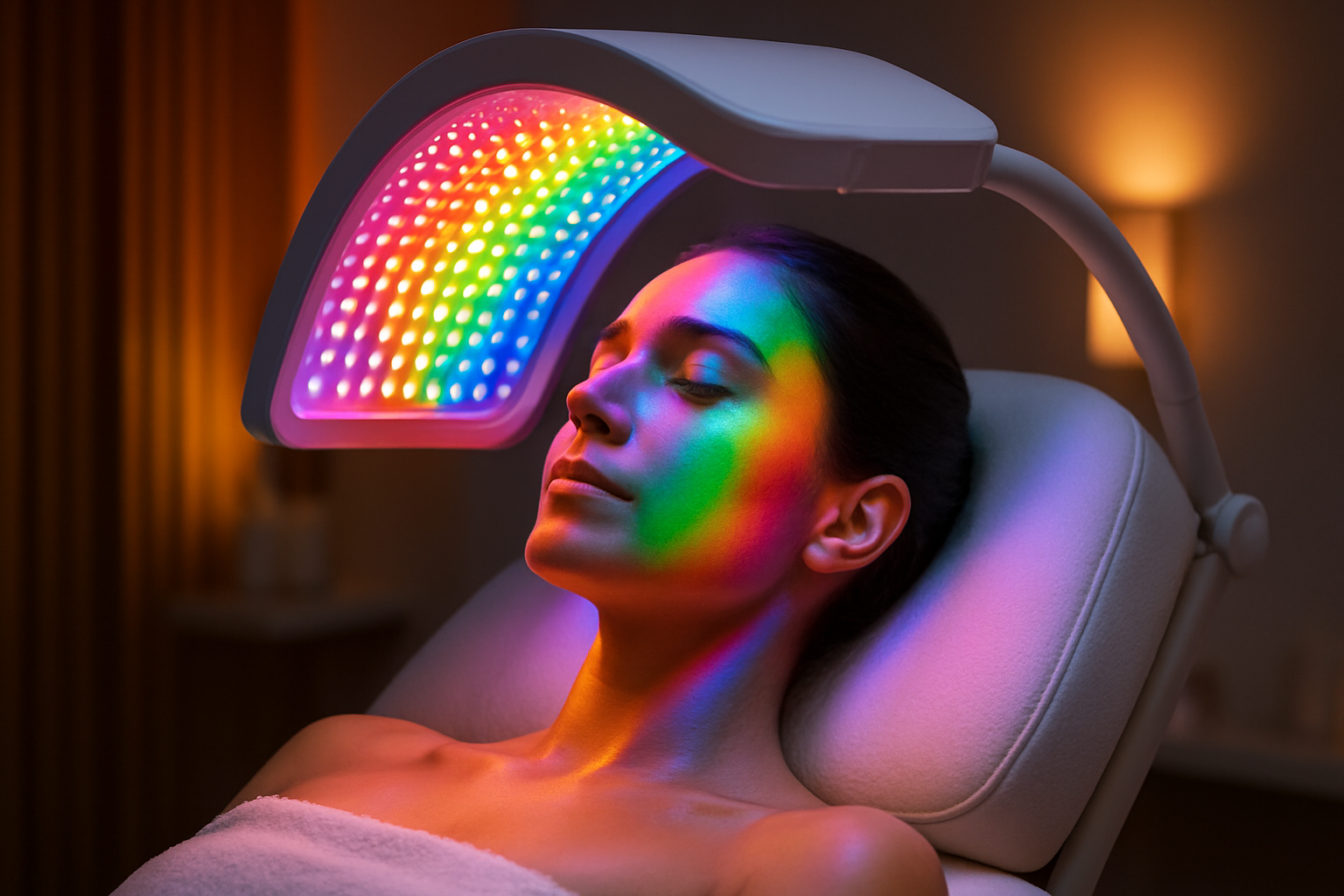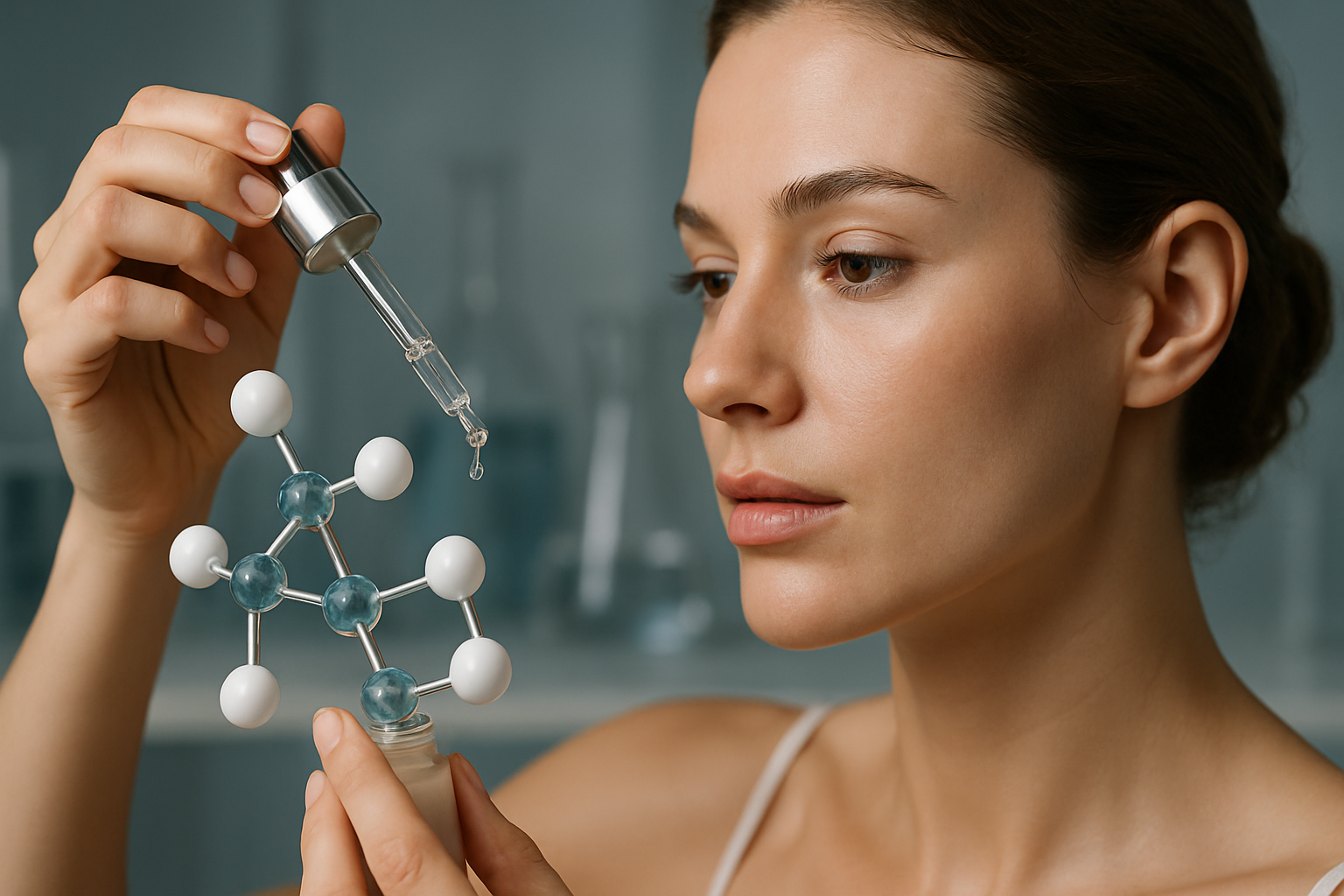Chromotherapy: The Science of Color Healing
In the realm of alternative wellness practices, a vibrant and captivating approach is gaining momentum: chromotherapy. This fascinating method, also known as color therapy, harnesses the power of different hues to promote physical, emotional, and mental well-being. Rooted in ancient healing traditions yet supported by modern scientific research, chromotherapy offers a unique blend of holistic care and cutting-edge wellness technology. As the beauty and fitness industry continues to evolve, chromotherapy is emerging as a promising avenue for those seeking innovative ways to enhance their overall health and appearance. From specialized light therapy devices to color-infused skincare products, the applications of chromotherapy are as diverse as they are intriguing.

In the late 19th and early 20th centuries, scientists began to explore the physiological effects of color more systematically. Notable figures like Edwin Babbitt and Dinshah Ghadiali conducted extensive research on the subject, developing theories and treatments that laid the foundation for modern chromotherapy practices. Their work, though controversial at the time, sparked interest in the scientific community and paved the way for further investigation into the healing properties of light and color.
The Science Behind Chromotherapy
At its core, chromotherapy is based on the principle that different colors correspond to specific wavelengths of light, which can influence various biological processes in the body. When light enters the eye, it stimulates the hypothalamus, which regulates many of our bodily functions, including hormone production, sleep patterns, and emotional states.
Recent scientific studies have shed light on the potential benefits of chromotherapy. Research has shown that exposure to certain colors can affect brain wave activity, hormone production, and even cellular metabolism. For example, blue light has been found to have a calming effect and may help regulate circadian rhythms, while red light has been associated with increased energy and improved circulation.
Moreover, the field of photobiomodulation, which studies the effects of light on cellular function, has provided valuable insights into the mechanisms behind chromotherapy. This research has revealed that specific wavelengths of light can stimulate mitochondrial activity, enhance cellular repair processes, and modulate inflammatory responses.
Applications in Beauty and Skincare
The beauty industry has been quick to embrace the potential of chromotherapy, incorporating color-based treatments into a wide range of products and services. LED light therapy masks have become increasingly popular, offering targeted treatments for various skin concerns. Red light is often used to stimulate collagen production and reduce the appearance of fine lines and wrinkles, while blue light is employed to combat acne-causing bacteria.
Some skincare brands have developed color-correcting products that go beyond traditional makeup, using the principles of chromotherapy to address specific skin issues. For instance, green-tinted serums are designed to neutralize redness associated with rosacea or inflammation, while purple-hued products aim to brighten dull or sallow complexions.
Spas and wellness centers are also incorporating chromotherapy into their services, offering immersive color experiences that combine light therapy with traditional treatments. These sessions may involve lying in a room bathed in a specific color of light while receiving a massage or facial, with the aim of enhancing the overall therapeutic effect.
Fitness and Performance Enhancement
The application of chromotherapy in the fitness world is an exciting and rapidly evolving area. Some gyms and fitness studios have begun to incorporate color-changing LED lighting systems into their workout spaces, allowing instructors to adjust the ambiance to complement different phases of exercise.
Research has suggested that exposure to certain colors during physical activity may influence performance and perceived exertion. For example, some studies have found that working out in a red environment may lead to increased strength and power output, while blue surroundings might enhance endurance and promote a sense of calm during recovery periods.
Wearable technology companies are also exploring the potential of chromotherapy in performance enhancement. Some smartwatches and fitness trackers now include features that use colored light pulses to guide breathing exercises or promote relaxation, potentially aiding in stress reduction and recovery.
The Future of Chromotherapy in Wellness
As our understanding of the complex relationship between light, color, and human biology continues to grow, the future of chromotherapy in the wellness industry looks promising. Researchers are exploring the potential of personalized color therapy programs tailored to individual needs and circadian rhythms. This could lead to the development of smart lighting systems for homes and offices that automatically adjust throughout the day to optimize mood, productivity, and overall well-being.
In the realm of mental health, chromotherapy is being investigated as a potential complementary treatment for conditions such as seasonal affective disorder (SAD) and anxiety. Some therapists are already incorporating color-based interventions into their practices, using specific hues to create supportive environments for their clients.
The integration of chromotherapy with other emerging technologies, such as virtual and augmented reality, opens up exciting possibilities for immersive wellness experiences. Imagine a meditation app that not only guides you through breathing exercises but also surrounds you with a carefully curated color environment designed to enhance relaxation and focus.
As with any emerging wellness trend, it’s important to approach chromotherapy with a balanced perspective. While the potential benefits are intriguing, more research is needed to fully understand the long-term effects and optimal applications of color-based therapies. Consumers should be cautious of exaggerated claims and always consult with healthcare professionals before incorporating new treatments into their wellness routines.
In conclusion, chromotherapy represents a fascinating intersection of ancient wisdom and modern science in the pursuit of holistic well-being. As the beauty and fitness industry continues to evolve, this colorful approach to healing offers a unique and potentially powerful tool for those seeking to enhance their physical, emotional, and mental health. Whether through targeted skincare treatments, innovative fitness environments, or comprehensive wellness programs, the future of chromotherapy promises to be as vibrant and diverse as the spectrum of colors it employs.





